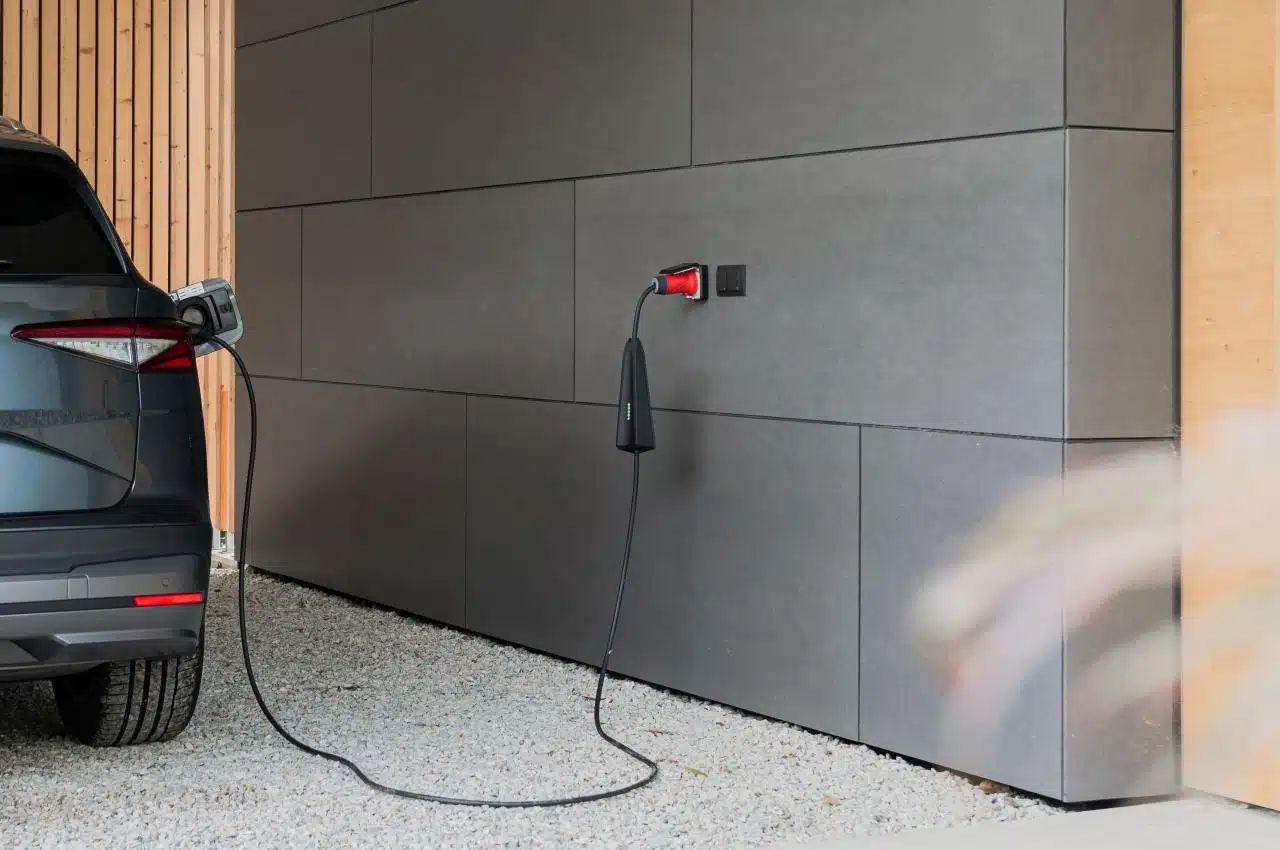NEcharge: E-car charging is as easy as mobile phone charging
Electric car drivers, who (want to) charge their vehicle mainly at home are often faced with the question: is it possible to install a wall box and does it even pay off? Are there other options? What is the safest?
When researching the offers, one quickly comes across so-called "mobile charging cables" - in a wide variety of designs and at a wide variety of prices. You can expect to pay between 200 and 1,200 euros. But which one is the best?
Mobile charging cables as an alternative to a wall box
First of all, you should ask yourself what connection options your home network actually provides and how fast you want to charge. A wall box must be installed by an authorised specialist and requires extensive integration into the household network. This costs money - both for the wall box itself, which is available for around 500 euros and for the electrical installation. And as we all know, you can't take a wall box with you. But ideally, up to 22 kilowatts of charging power are possible - if the electric car supports this AC power at all!
Because only very few models do. In most cases, the AC charging capacity is limited to 11 kilowatts on the vehicle side. However, mobile charging cables can also achieve this power, so they are a real alternative to the wall box. Especially if installation is not possible, for example in a block of flats, or if you would like to take the cable with you.
Mobile charging cables are either plugged into a red CEE socket ("heavy current socket") or directly into a Schuko socket - for emergencies. Since all the intelligence, control and safety technology is now integrated into the cable, many products are similarly expensive to a permanently mounted wall box. They often come with a plethora of adapters that only confuse the layman and are rarely really needed. To adjust the charging power and to start/stop the charging process, you almost always need a corresponding app. For many, this is very complicated and discouraging.
